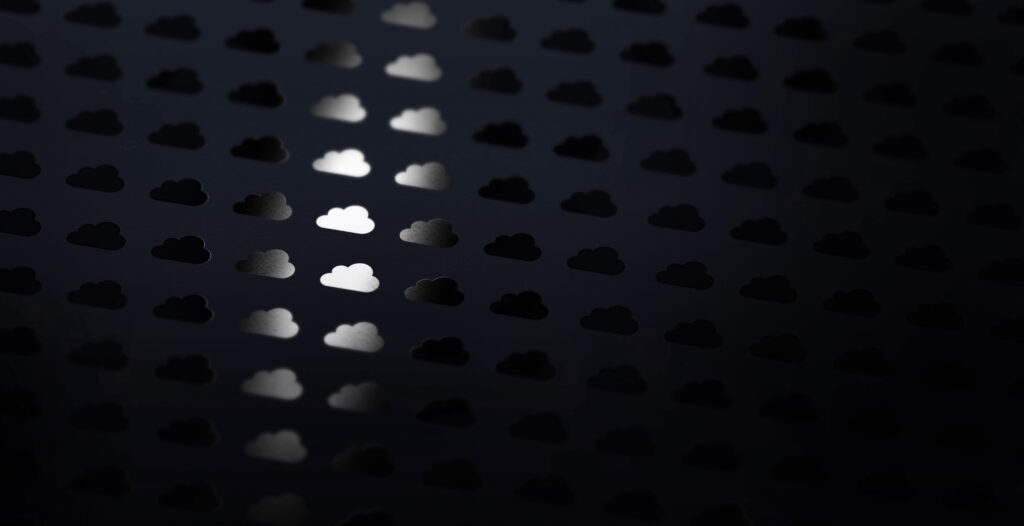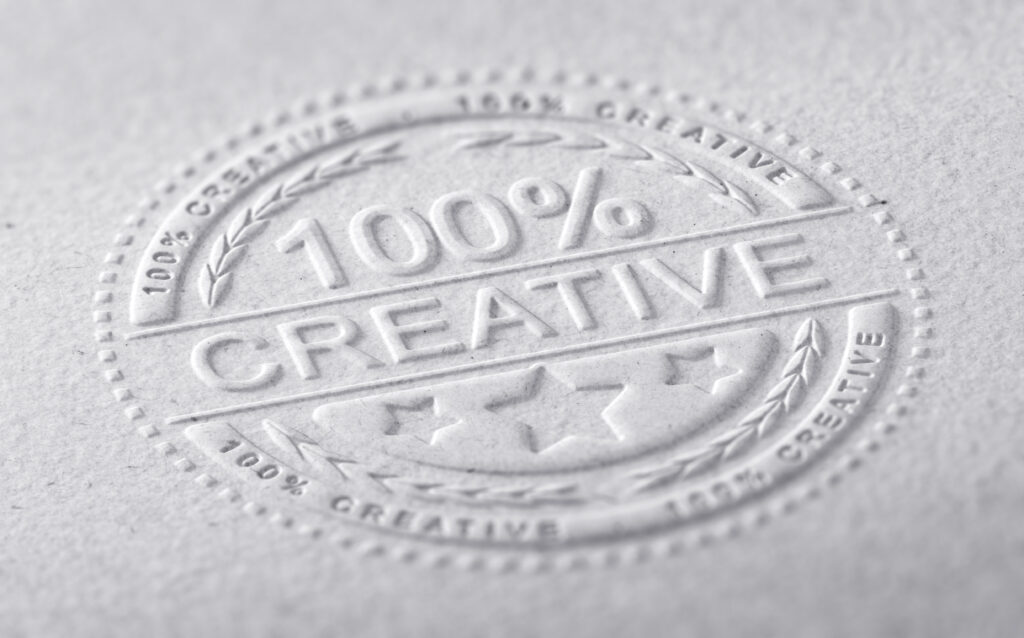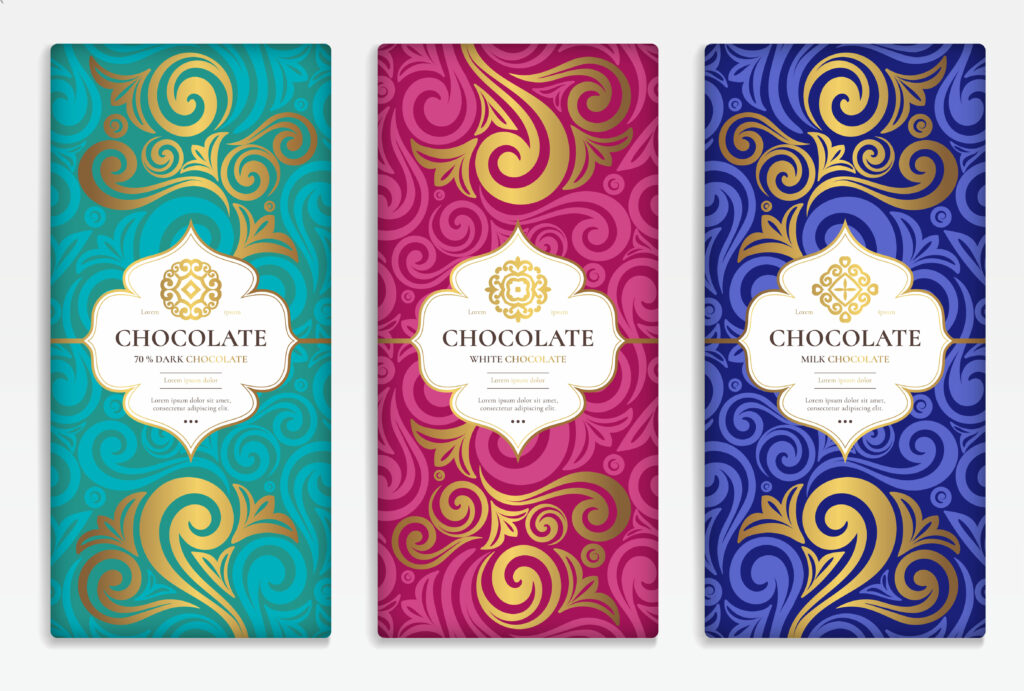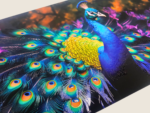As the print industry continues to experience convergence — printers of all sizes and types adding services and applications outside of their traditional offerings — packaging is becoming more prominent. As brands look for more curated options, in smaller runs, and in many cases versioned for different regions or countries, print shops are looking to add the right equipment to be able to meet — and exceed — these demands.
The presses needed to effectively produce labels and packaging is one conversation. In this blog, we’re going to go over the special finishes and embellishments most often used in the label and packaging space.
1. Foiling. This is an option you’ve likely seen on products of every type. Foiling is the process of stamping thin sheets of metallic materials onto the package to create a shimmery look that can catch the light and help a brand stand out. It can be applied to a broad area, such as a square foil label with printed elements on top, or it can be applied very strategically, to the lettering of a product name. Both are very effective ways of using foil in packaging.
2. Lamination. Sometimes done alongside foiling, and sometimes considered a finishing effect all on its own, lamination is used to provide additional strength to a package, give it additional protection from water or damp conditions, or to provide UV protection to prevent fading. It helps prevent tearing or abrasion if the product is targeted to a more rugged application. And can also be used to provide a contrast with darker colors when applying spot UV or foiling.

3. Coatings. This is a broad category and in packaging it can play an equally wide range of roles. For example, a matte coating could be added to increase the scuff resistance of a package or a glossy coating could be added to a label to help it stand out from the rest of the package. There are also specialty coatings now, such as pearlescent or metallic options that can lend a shimmery feel to the entire package or be used to highlight specific elements the brand wants to call out. Coatings can also be used to change the “hand feel” of a package. Premium brands demand premium packaging and they want a consumer to feel like they have made the correct buying decision from the moment they pick up the package. Raised spot UV coatings can be used to create everything from a soft texture to a rough, gritty texture.
4. Specialty Varnish or Lacquer. Technically these could be considered a subset of coatings, but they can go even further, adding some truly unique effects to a package. Think adding thermal lacquers that change color as a consumer handles the package or a scratch-off varnish meant to make a portion of the packaging more interactive. There are even scent-based options, allowing a brand to add another sensory element to their packaging to help entice consumers to want to pick up. This category of finishes can be unique, even being limited to one specific brand or even one specific product.
5. Embossing and Debossing. Embossing is used to create texture on a package, raising some elements up from surface to help them stand out. Often, this is used on elements such as logos, so the brand can help make it easy to spot on a store shelf. Embossing is also often used in conjunction with foiling, helping that raised area stand out even further. Embossing can be used on a package itself, or on a label to keep it contained to a smaller area, and thus cheaper to produce for both the printer and the brand. Debossing, on the other hand, is the opposite of embossing, sinking an element into the package rather than raising it up. This creates a similar, but distinct effect, and the two can even be used together to create truly unique packaging designs.

6. Graining. This is a technique that is a subset of embossing and debossing. Instead of using the technique to make a specific element stand out, it can be used to create a pattern or effect across parts of the packaging, creating a unique hand feel. This is something high-end luxury brands use to give their packaging that extra element that truly makes them stand out.
Just a brief look at some of the broad categories of finishes most frequently found in the label and packaging space. If you are looking to add this application to your product mix, it is worth the time to talk to your customers to get a better idea of the types of packaging they ideally want to product, and what kinds of effects they would be looking for. This will help guide you in your journey to add the right equipment to ensure you can rise to the challenge.

DENISE GUSTAVSON
Guest Blogger
NAPCO Media




